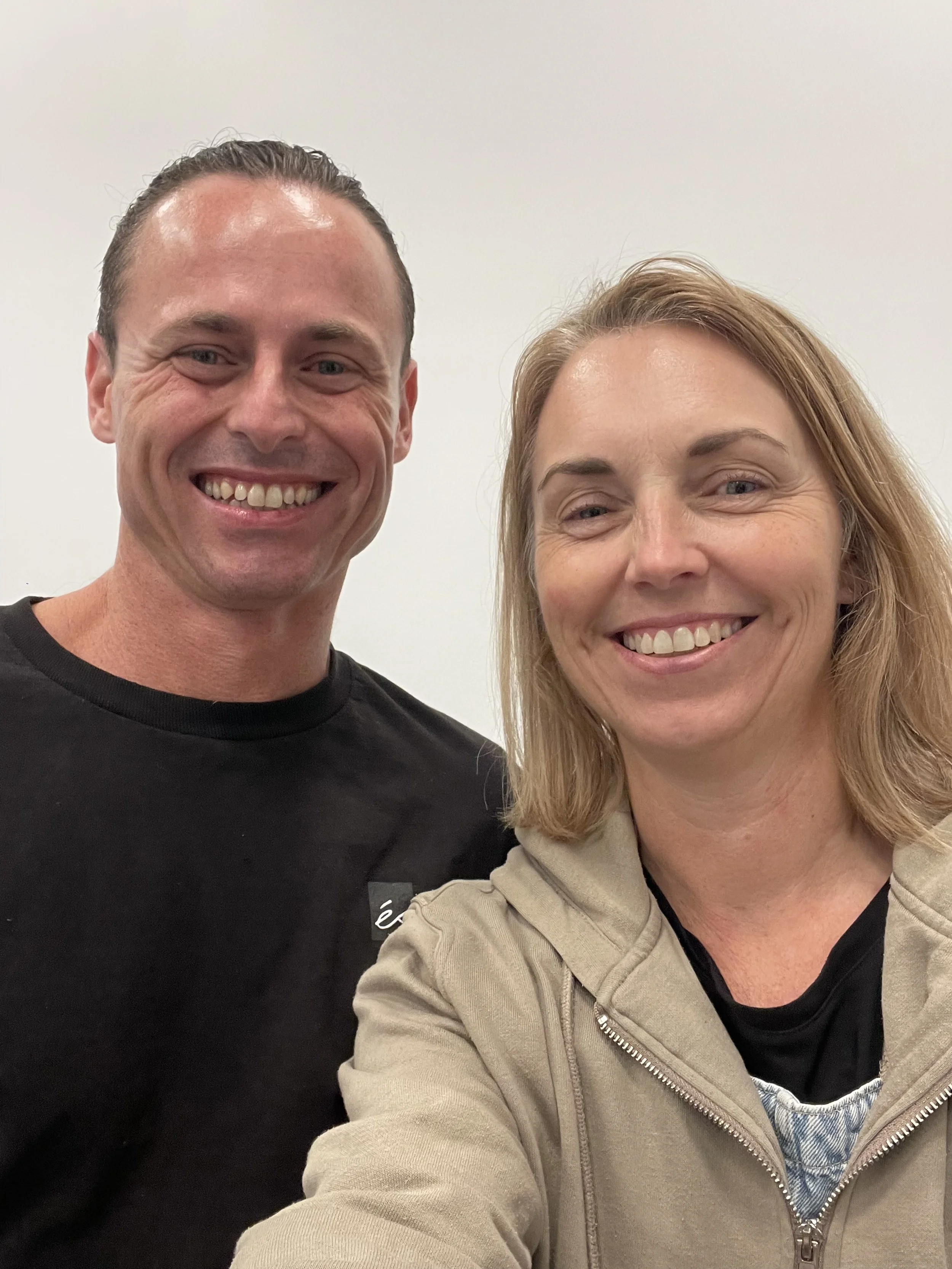Fast Drying Oil Painting with Joel Rea
Joel Rea is a highly acclaimed and multi award-winning artist known for his surreal, allegorical paintings. Rea’s oil on canvas works stand somewhere between genres of hyperrealism, photorealism and virtuosic Renaissance realism. He is meticulous in his attention to detail and often spends months mastering the detail in one painting. His imagery frequently depicts: self-portraits; tigers; dogs; sun rays coming through clouds; and destructive waves inspired by the turbulent Australian coastline where he played as a child. This contemporary surrealist painter’s attention to craftsmanship is unmistakable when you view his works in person.
Ever felt a bit lost with oils or find them overwhelming? While I have painted in water based oils and acrylics for some time, I have always felt oils were a little daunting. This was my feeling until recently when I attended a workshop by Joel Rea at the HOTA (Home of the Arts). I wanted to share with you a little of what I have learned in the hope that it will give you the courage to dive into oil painting.
Below are some tips that Joel generously shared in his recent workshop.
Joel’s Tips on Image Preparation
Joel advised to prime your canvas with a mix of gesso and acrylic as a blue- grey coating as this a great mid tone to begin a painting. This process is called ‘toning your canvas’. He prefers to transfer his design using large scale digital prints with transfer paper to avoid distortion, which you might experience when using a projector. This tracing is rubbed back with a soft rag to leave a faint line and can be sprayed with a fixative to avoid smudging. He often redraws details back over his acrylic base if some of the lines disappear in the process. Transfer paper can not only be purchased in black but also white, which is convenient when tracing onto a dark surface. He often places his printed references just above or below the area of his painting to ensure accuracy in his brushwork.
Joel warns when painting from printed references they can be frequently over-saturated so you need to be careful that your colours are accurate otherwise this will adversely affect the colours of your final piece.
He paints his first base coat in acrylic before painting further layers of detail with oils. Joel tends to mute his colours for his base layers and then brings the intensity back up for the highlights to make them look exciting and spontaneous. Using straight white sparingly ensures that the highlights have maximum impact.
Choice of Media
Joel uses a polycotton canvas as it is super smooth and is great for fine detail. When we painted in the workshop, I couldn’t believe how smooth this substrate was, making the blending process so much easier. He staples his canvas to a big piece of wood in order to have a firm background when he paints. This is later removed and then restretched on a frame.
His choice of oils are Winsor and Newton’s Griffin Alkyd. These are fast drying oils which allow you to work quickly when building your layers. He combines this with Liquin for his medium. Liquin can even be brushed over a painting to make it dry quickly. This was a great tip for someone like me who has resorted to a hair dryer when deadlines are looming and I still have a wet painting.
Joel adds liquin on his palette and mixes it with his paint. He uses foil wrapped over a board instead of palette liners or a bare palette to save on cleaning time. To avoid the paints drying quickly he covers all his paints with cling wrap and only mixes small amounts of paint at a time. He reminds us that acrylics always dry a shade darker but oils retain the same colour when dry so it is easier to remix a colour.
The thinning agent Joel uses while painting is Gamlin’s Gamsol Odorless Mineral Spirits which complements the Griffin Alkyd series of fast drying paints. A great tip he gave for cleaning brushes is to use baby oil or mineral oil as it is much kinder to brushes, a great alternative to harsher chemicals.
Colour Palette
Joel’s choice of colours for creating skin tones are titanium white, naples yellow hue, winsor red rouge winsor and burnt sienna. You can see the outcome of using these colours in the sample painting I created below during the workshop. Payne’s grey is his choice of colour when painting black areas as it avoids creating muddy or dirty hues when mixed with other colours. His colour palette for water includes payne’s grey, titanium white, ultramarine blue and phthalo green.
Joel was a fountain of knowledge when it came to realistic oil painting but also generous in sharing his experience of the business of art. Thank you, Joel, for an informative workshop on how to approach oils in a really fresh way. I can’t wait to apply the process you shared in my own art practice.
If you are interested in viewing more of his work visit his website at https://joelrea.com.au






